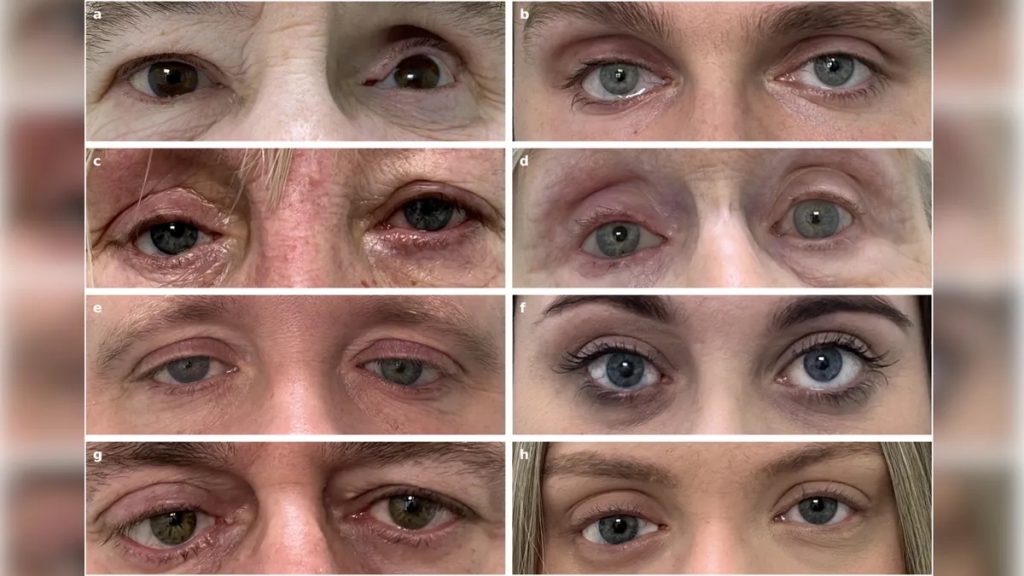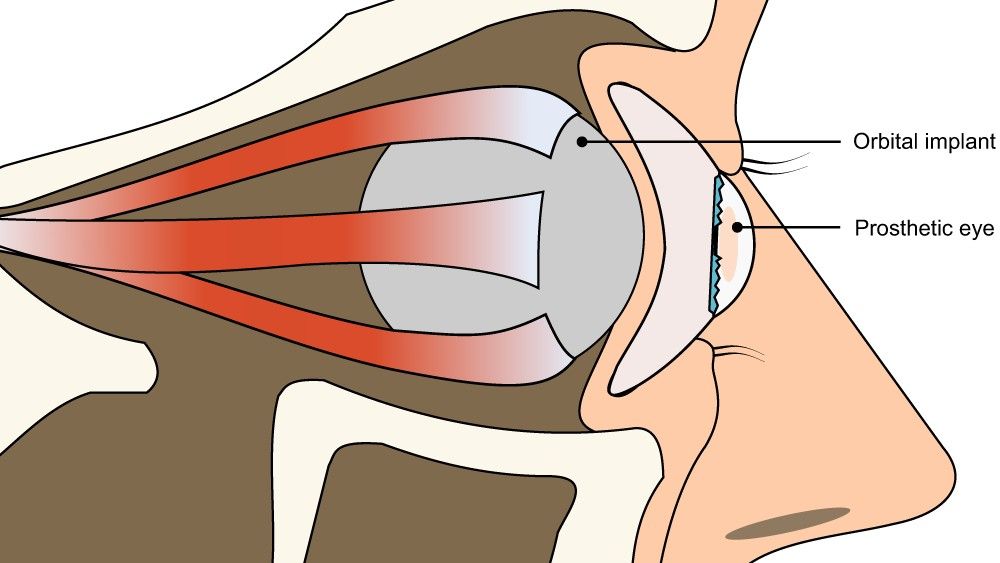Researchers from Fraunhofer Institute for Computer Graphics Research IGD, in collaboration with Ocupeye Ltd., have developed a new artificial intelligence (AI)-driven, automated method for 3D printing prosthetic eyes.
The research team, led by Johann Reinhard, claims that its new method allows for faster and easier production of natural-looking and more comfortable custom eye implants.
It is hoped that the 3D printing process could meet the high demand for prosthetic eyes. According to Moorfields Eye Charity, over 8 million people worldwide wear at least one prosthetic eye, with 60–70,000 in the UK alone. Artificial eyes generally need to be replaced every five to ten years due to wear and tear, with manual production processes facing challenges in terms of repeatability and accuracy.
The 3D printed eyes reportedly take 80% less time to produce than with traditional manufacturing methods. What’s more, the new 3D printing and AI approach requires five times less labor for ocularists and can produce repeatable results that are realistic and customized to the patient.
The researchers demonstrated the effectiveness of their new process in an initial trial of 10 clinical patients, who each received a 3D printed eye prosthesis. Since the completion of this trial, more than 200 adults at the Moorfields Eye Hospital have received a 3D printed prosthetic eye.
The Fraunhofer team plans to refine its methodology further to drastically reduce the cost requirements for producing realistic eye prosthetics, making them available to more people.
The full study is titled “Automatic data-driven design and 3D printing of custom ocular prostheses” and has been published in the journal Nature Communications.

3D printing prosthetic eyes with AI
The researchers’ new process leveraged a prototype Casia 2 optical coherence tomography (OCT) scanner to scan the patient’s eye socket. These 3D scans produced artificial eyes that offered a close and comfortable fit.
A color image of the patient’s remaining eye was also taken, ensuring the prosthetic was an aesthetic match. The complete data acquisition process reportedly took less than 30 minutes per patient.
The patient’s eye data was then inputted into an AI model, which generated an accurate 3D printable design that perfectly fit the patient’s eye socket. In the study, the team uploaded the designs onto GrabCAD software, and 3D printed the prosthetic eyes on a Stratasys J750 Polyjet multi-material 3D printer using VeroVivid materials.
The eyes were 3D printed in full color, accurately replicating the look, size, and structure of the patient’s healthy eye. The Stratasys 3D printer reportedly operates at a resolution of 18 billion droplets per cubic centimeter, resulting in highly accurate and detailed eye implants.

This new approach can be used to design and 3D print a complete eye prosthetic in just 90 minutes, compared to the eight hours it would take using traditional methods. According to Reinhard, it would take 10 hours to 3D print 100 prosthetic eyes simultaneously.
Once 3D printed, a qualified ocularist can install the prosthetic eye in as little as 15 to 30 minutes.
The scientists stated that some limitations must be overcome before this process can be universally rolled out. For instance, the OCT 3D scanning device cannot currently capture very complex eye sockets. Moreover, the 3D scanning process is not suitable for patients who suffer from certain eye conditions such as nystagmus or strabismus.
As such, about 80% of patients requiring an ocular prosthesis are currently eligible for the team’s new process.
Looking to the future, the researchers believe that their findings will motivate further research and development of data-driven design tools and multi-material 3D printing for other non-eye prostheses. This could include 3D printed dental restorations or facial prostheses.
“It could even be possible to couple this development with more traditional prostheses and for example produce covers for prostheses that accurately match the patients’ appearance,” the Fraunhofer researchers added.

3D printing enhances optical treatment
3D printing is playing a growing role in the medical sector. In a 3D Printing Industry survey on near-term 3D printing trends, 3D printing experts highlighted the growing adoption of 3D printers in hospitals for the production of personalized medical devices, such as eye prosthesis.
The Fraunhofer researchers are not the first to realize the potential of 3D printing for the production of prosthetic eyes. Back in 2021, a London man became the first person in the world to be fitted with a 3D printed eye prosthesis. Steve Verze received the 3D printed eye at Moorfields Eye Hospital, with the prosthetic providing a more realistic look than traditionally manufactured acrylic alternatives.
Once Verze’s eye socket had been 3D scanned and data modeled, the prosthetic eye was 3D printed by the German 3D printing service bureau FIT AG. Fraunhofer IGD’s Cuttlefish software was used to create a full-color 3D model of the eye prosthetic, which was produced on a multicolor, multi-material 3D printer.
3D printing has not just been used to produce human eye prosthetics. In 2020, researchers from the Korea-based Chungbuk National University developed a process for 3D printing low-cost, artificial eyes for canines that have lost theirs to incurable diseases.
Using 3D scanning and modeling techniques, the scientists were able to tailor the 3D printed eyes to individual dogs, before 3D printing them with commercially available biocompatible resin. To create the 3D printed eyeballs, the scientists employed an ultrasound scanning technique. They then modeled their implants in Tinkercad software, and 3D printed them using a PCL pelletized polymer and a Rokit INVIVO bioprinter.
Subscribe to the 3D Printing Industry newsletter to keep up to date with the latest 3D printing news. You can also follow us on Twitter, like our Facebook page, and subscribe to the 3D Printing Industry Youtube channel to access more exclusive content.
Are you interested in working in the additive manufacturing industry? Visit 3D Printing Jobs to view a selection of available roles and kickstart your career.


